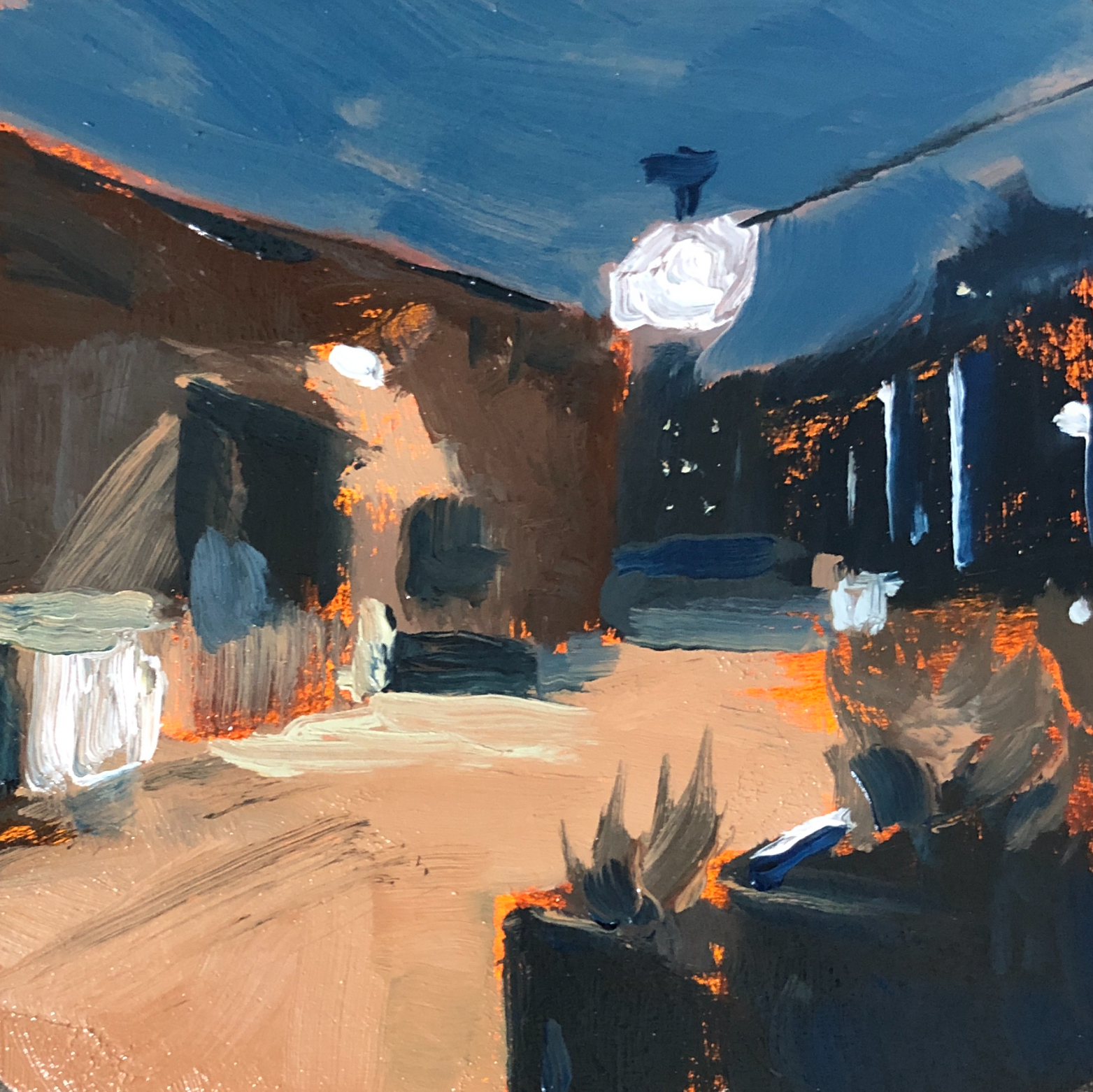Today let’s examine 3 ways a sketchbook can improve drawing and painting skills.
1. Judgment Free Zone
First, a sketchbook can be a place to experiment quickly without fear of judgment. It’s a place to try new ideas and explore your creativity. It can be traditional or digital. The choice is yours. I use both.
Just don’t fall into this trap: sometimes people get trapped into the belief that a sketchbook is a showcase book. In other words, they think each page has to be a finished, perfect work.
That’s okay if finished work is your intent. But it’s also helpful to have a book specifically to experiment and fail in a safe environment. Failing fast is a very efficient way to learn and a sketchbook can provide the environment.
“I have not failed. I’ve just found 10,000 ways that won’t work.”
—Thomas Edison
Still have trouble letting down your guard in sketchbooks? Afraid to ruin a blank page or expensive materials? Try sketching on sticky notes or trash like old envelopes to warm up. If you don’t like it, just throw it away.

2. Daily Sketchbook Practice
Second, keeping a sketchbook can improve drawing by helping maintain a daily sketching practice. Sketching and painting every single day could be the single most important thing you can do to improve your skills. And by keeping your sketchbook with you at all times, it will help prompt you to make quick sketches of the world around you.
Keep your sketchbook in a place that you will always see it. For example maybe keep it next to your tea kettle if you make tea every morning. And try to carry it with you everywhere you go.
Moleskine makes a small sketchbook that fits easily in a pocket or backpack.

3. Quick Reference
Finally, keeping a sketchbook can improve drawing and painting skills by helping you learn faster, if you keep notes about what you are learning. Make notes in the margins of things that you learned from your sketch. Keep notes on facial and figure proportions. Record color notes. Jot down notes about compositions you like.

Making notes will not only help you remember things better by processing it in a different manner, it will also make it easier to refer back if you want to confirm your thoughts later.
So let’s review and then try an exercise:
- A sketchbook is a safe place to experiment and learn quickly from mistakes.
- Keeping a sketch can help create a daily sketching practice.
- A sketchbook is a great place to keep visual notes for quick reference.
Daily Sketching Exercise
Now that we know the benefits of a sketchbook, let’s put it to use with this exercise. Pick a location and time in your day that you know you will have about 7 minutes free to sketch.
Next, keep your sketchbook there and make it visible and easy to reach. Don’t keep it in a drawer. The goal is to eliminate as many steps as possible to make it easier to start sketching.
Then draw or paint what’s around you. It could be a teacup, a snack you’re eating, office supplies. The possibilities are endless.
The purpose isn’t to create a masterpiece or to learn something groundbreaking. It’s to establish good sketching habits. Once your habit is established it’s very hard to break. That’s why minimizing time is important so you can establish consistency. And once you establish that consistency, you can always add more time to your minimum sketching baseline when you have the opportunity.
The Next ARTicle
The next Youtube video will discuss how to paint a still life step by step in oils. And the next ARTicle will discuss choosing oil paints and the difference between student and artist grade paint. Sign up for Academy Bry if you don’t want to miss them.
Academy Bry
Join Academy Bry to accelerate your painting skills with helpful ARTicles and videos conveniently delivered to your inbox for FREE!!
Learn more here https://gallerybry.com/?page_id=153
Click a category below for more helpful ARTicles.


